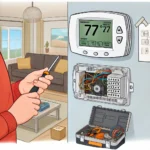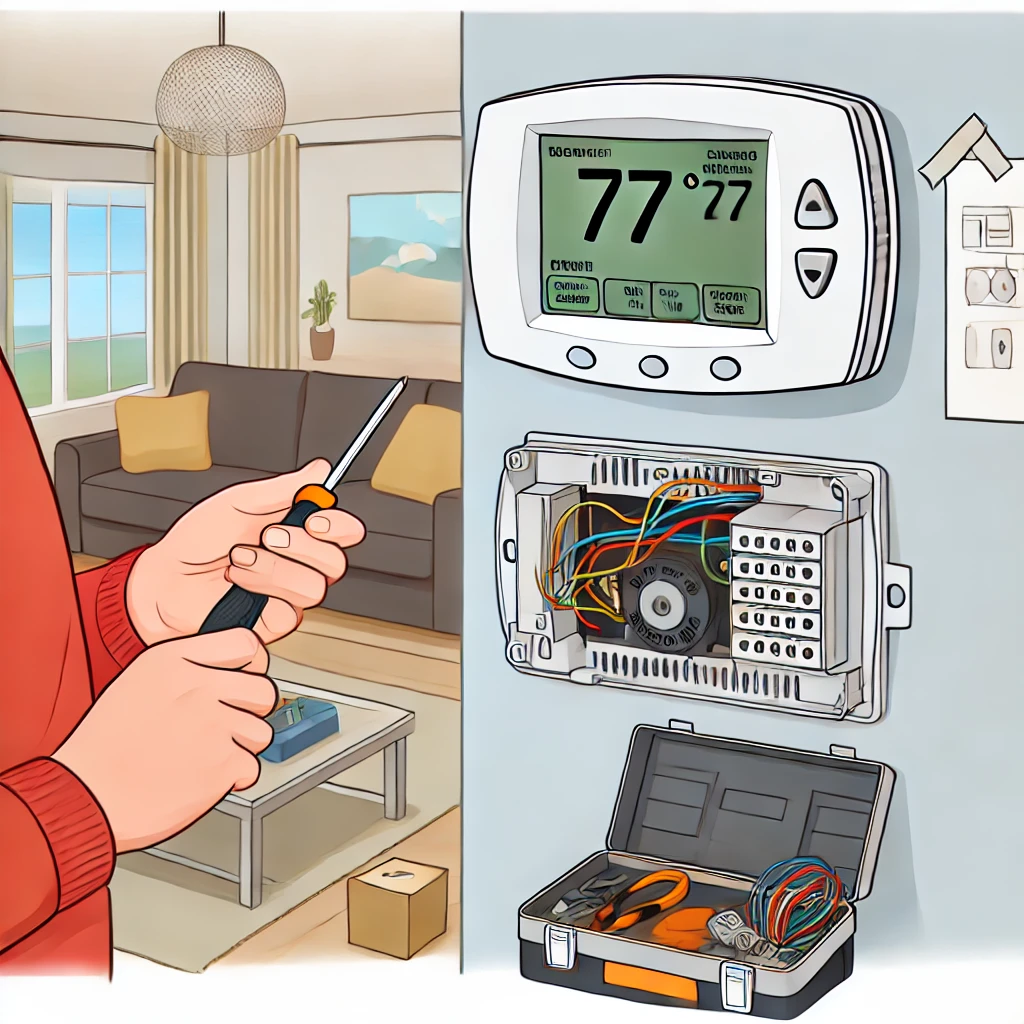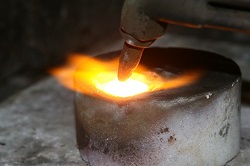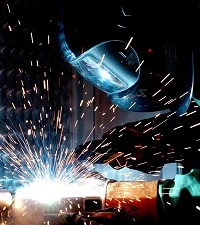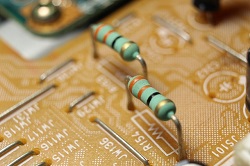Non Ferrous Metals Copper, Brass, and Their Alloys
Non-ferrous metals and alloys do not contain significant amounts of iron. The most common non-ferrous metals used in engineering applications are copper, aluminum, tin, lead, and zinc. Nickel, Magnesium, and antimony are also used to alloy the non-ferrous metals mentioned above. Properties and Uses of Non Ferrous Metals Copper Copper is a corrosion-resistant metal with […]

